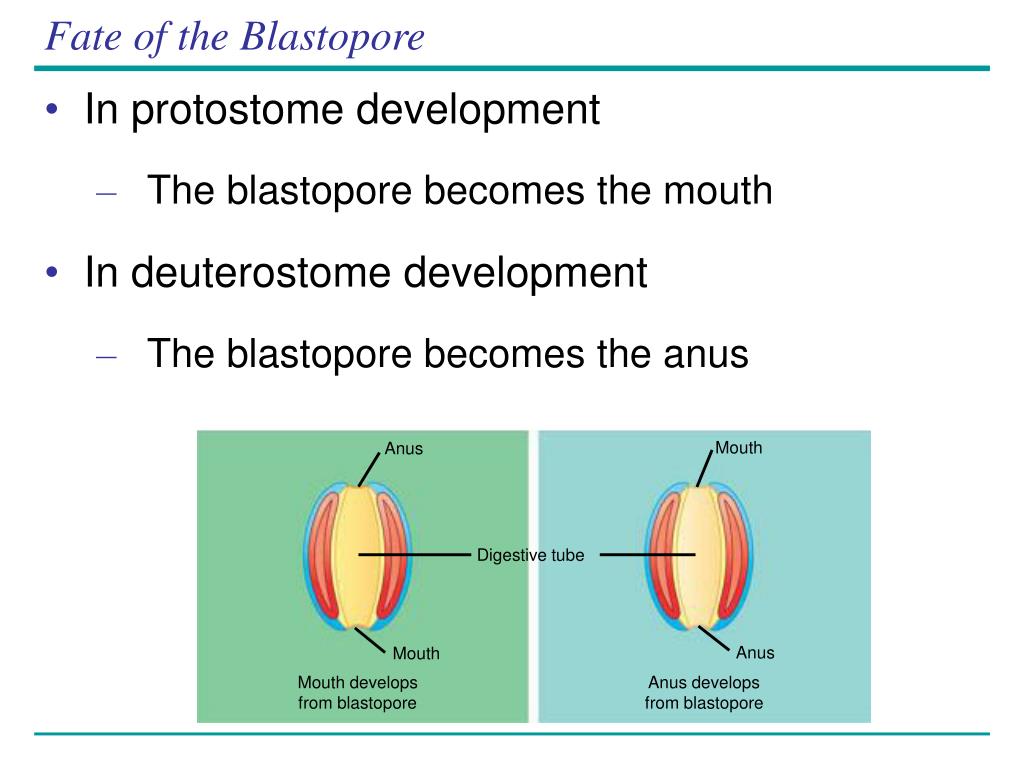
Most deuterostomes display indeterminate cleavage, in which the developmental fate of the cells in the developing embryo are not determined by the identity of the parent cell. This is called radial cleavage, and also occurs in certain protostomes, such as the lophophorates. In deuterostomes, the early divisions occur parallel or perpendicular to the polar axis. In both deuterostomes and protostomes, a zygote first develops into a hollow ball of cells, called a blastula. The phylum Chaetognatha (arrow worms) may belong here, but molecular studies have placed them in the protostomes more often.Įxtinct deuterostome groups may include the phylum Vetulicolia.Įchinodermata and Hemichordata form the clade Ambulacraria.įile:Protovsdeuterostomes.svg Notable characteristics However, Superphylum Deuterostomia was redefined in 1995 based on DNA molecular sequence analyses when the lophophorates were removed from it and combined with other protostome animals to form superphylum Lophotrochozoa.

Previously, Deuterostomia also included the phyla Brachiopoda, Bryozoa, Chaetognatha, and Phoronida based on embryological characteristics.

An alternative way to develop two openings from the blastopore during gastrulation, called amphistomy, appears to exist in some animals, such as nematodes. The genes employed in the embryonic construction of the flatworm mouth are the same as those expressed for the protostome and deuterostome mouth, which suggests that the structures are equivalent homologous, and that the older ideas about protostome mouth formation were correct. Acoelomorpha, which form a sister group to the rest of the bilaterian animals, have a single mouth that leads into a blind gut (with no anus). More recent research has shown that our understanding of protostome mouth formation is somewhat less secure than we had thought. It was originally thought that the blastopore of the protostomes formed the mouth, and the anus was formed second when the gut tunneled through the embryo.

In deuterostomes, the original dent becomes the anus, while the gut eventually tunnels through the embryo until it reaches the other side, forming an opening that becomes the mouth. This dent, the blastopore, deepens to become the archenteron, the first phase in the growth of the gut. In animals at least as complex as an earthworm, a dent forms in one side of the early, spheroidal embryo.


 0 kommentar(er)
0 kommentar(er)
